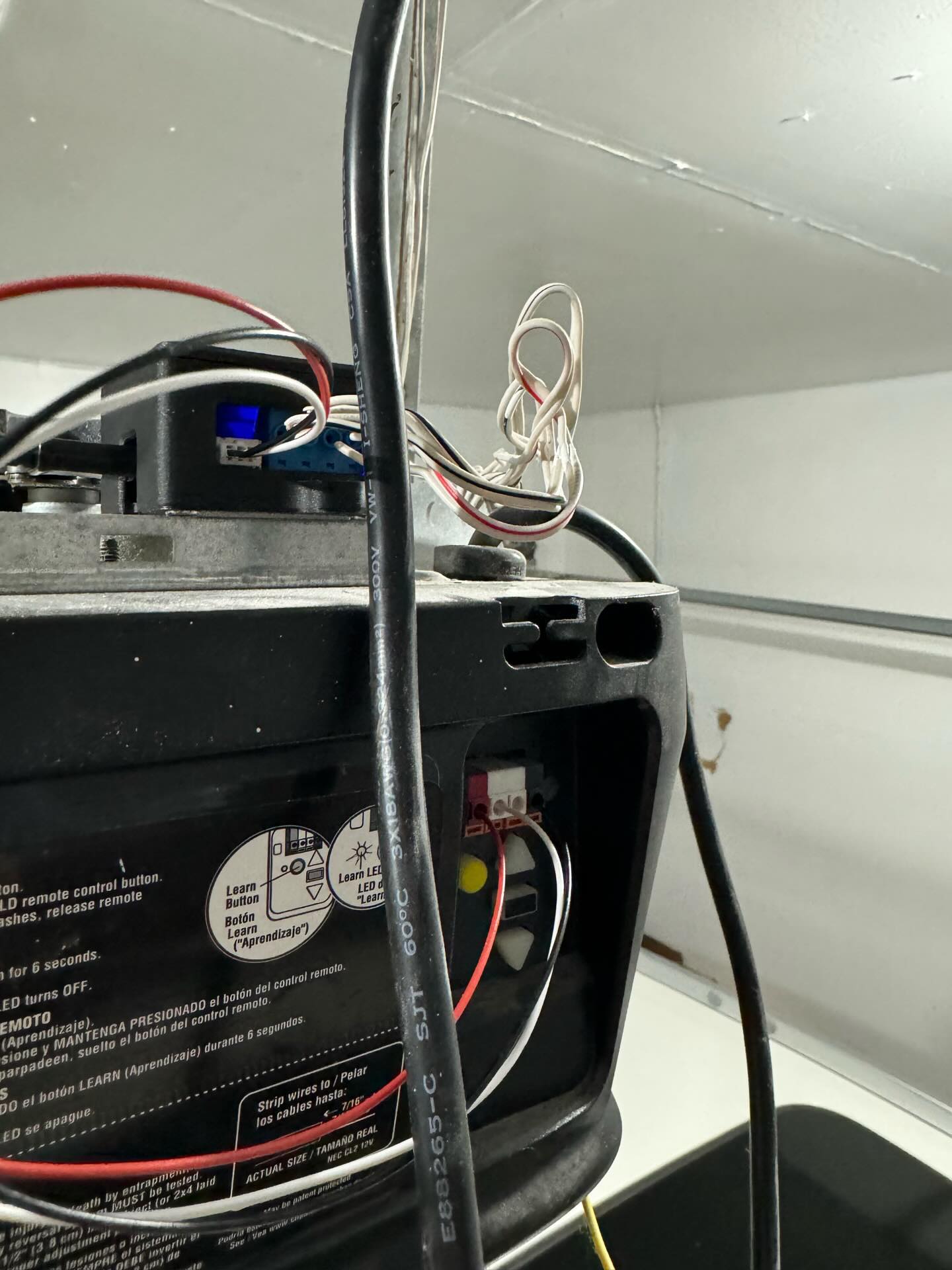This post will serve as a living document of the tech used to power my smart home. Please reach out if you have ideas or questions!
The rule I’ve been following is that everything must end up working with HomeKit as all of my family’s primary devices at home are from Apple. Adhering to HomeKit provides us with significant ease of use:
- Everyone in the family gets the same toggles for everything and doesn’t need to install several different apps.
- Automations are essentially guaranteed for all devices.
- Siri is actually useful as it works with all HomeKit enabled devices (e.g. “Set the downstairs thermostat to 68 degrees”, “turn on all the downstairs lights”)
To accomplish this, I leverage a few different devices:
- An Apple TV as the main HomeKit hub.
- A RaspberryPi with Homebridge enabled to handle HomeKit-ifying all non-native HomeKit smart devices.
- There are plugins for pretty much everything. Home Assistant is a great alternative.
- Starling Home Hub to handle all Nest devices.
- Not super necessary with Homebridge as there is a Nest plugin, but I like the separation of concerns and not having everything tied to one device (i.e. if the RaspberryPi dies, at least the Nest integrations will still work, or vice versa)
- A ratgdo device for direct garage-to-HomeKit integration, ever since myQ disabled HomeKit.
- A Lutron Hub for lighting which provides HomeKit & smart home connectivity.
Unless otherwise noted, all of the devices below work with above configuration. Most of the benefits depend on having an internet connection to the outside world, and can’t solely be operated on LAN.
Lighting
- Lutron Caseta wireless switches.
- These are highly responsive with very minimal latency. If there’s any single smart home accessory to focus on, this is the one to get.
- Hardest part was installing and/or replacing all the switches.
- Replacing a three-way switch was pretty easy — I ended up just pairing a remote and sliding it into a facade that make it look like a switch, so there’s actually only one hardwired switch. This approach could be used to make any light a “threeway” switch.
- This does require a specific Lutron hub to be installed somewhere in the house.
- Most outdoor lights (which have indoor switches) are controlled by these as well.
- Nest outdoor floodlight w/ camera
Security
- SimpliSafe sensors & alarms
- I’m impressed with the battery life on these things, even with “always on” sensors enabled.
- Nest Protect (Smoke & CO alarm)
- I haven’t come up with any fancy automations, but you do get a free motion sensor in HomeKit with these. Ideas: auto-turn on lights if movement is detected in a stairwell, auto-turn off lights if movement isn’t detected for N minutes.
- Doors: Yale lock with the August adaptor, and the August standalone Wifi lock.
- I’m not a huge fan of the standalone wifi lock. It don’t use typical batteries, and the batteries seem to be replaced more often than the lock which requires a separate nearby plugged in device
- Nest Cameras (Outdoor floodlight, indoor Nest Cam)
- Handled by the Starling Home Hub and works with iCloud HomeKit Secure Video
- If you have a Nest Aware subscription and enable facial recognition, you can enable some interesting automations via HomeKit via the Starling Home Hub (e.g. turn on a light when a specific person is detected).
- Nest Doorbell V1
- I’ve paired a Google Nest Mini speaker (that we got for free) and use as the doorbell chime downstairs, as well as a Nest Hub for upstairs. The Nest Mini also works well as a device to Airplay audio from your iPhone for toddler dance parties.
- With facial recognition and holiday settings set up, it’s delightful to get notified when someone rings your doorbell, and to also get a holiday chime for certain times of the year.
- Custom cameras & DVR setup
- I use the Homebridge Camera UI plugin to turn outdoor security cameras hooked up to a DVR into HomeKit Secure Video enabled cameras.
- LiftMaster Garage door: ratgdo device
- Installation took about 45 minutes (flashing the device, installing drivers, then making sure I had the wiring right). So far, it’s way better than myQ: no more annoying security alarm when closing via HomeKit or myQ, and the individual sensors show up on HomeKit.

- Installation took about 45 minutes (flashing the device, installing drivers, then making sure I had the wiring right). So far, it’s way better than myQ: no more annoying security alarm when closing via HomeKit or myQ, and the individual sensors show up on HomeKit.
Other
- Nest Thermostats & Nest temperature sensors
- I’ve turned off the learning features; they were more cumbersome than helpful.
- The temperature sensors are useful to have in every bedroom; it’s sometimes useful to target raising or lowering the temperature of a specific room, which the Nest thermostat can help do.
- I used to have an older version of the SwitchBot Curtain device for our main bedroom curtain, but we just didn’t use it enough to justify maintaining the battery.
- I’m looking to install some water leak sensors in the basement.